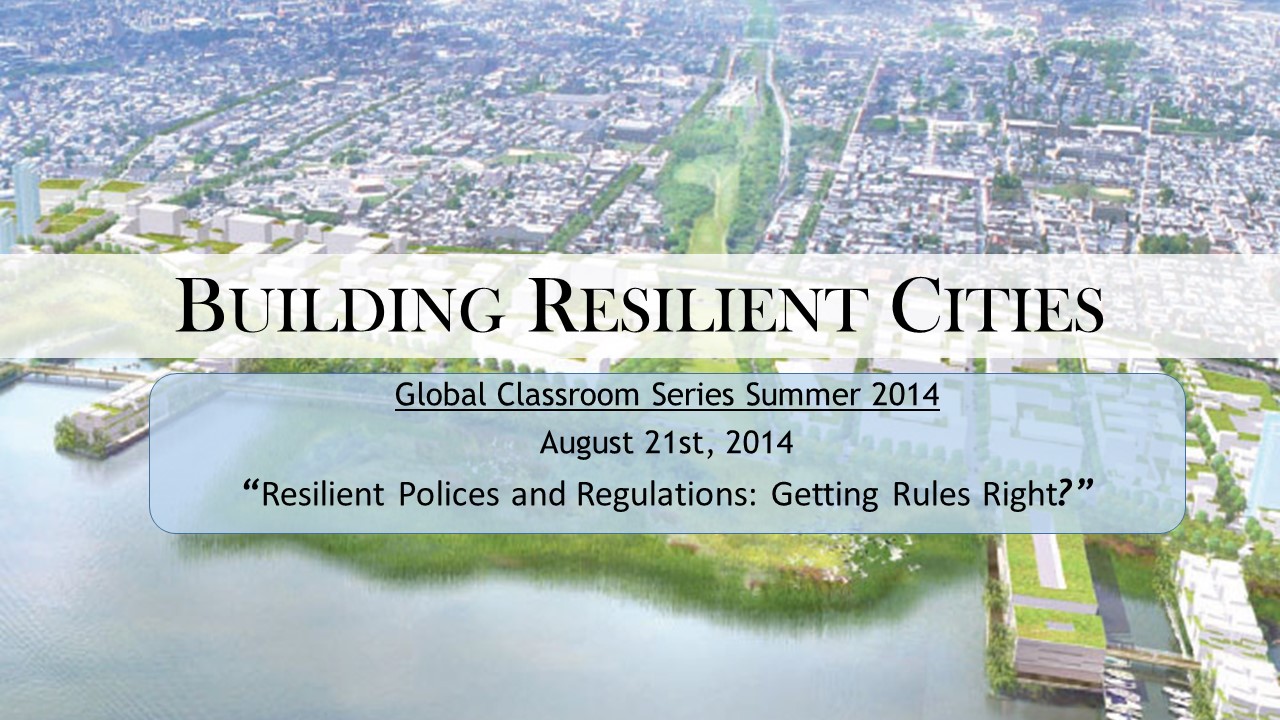 With a myriad of different policies around the environment on all levels including the national, state, and even in the city of San Diego itself, there are examples from other regions that we can implement in our current system. The Regional Greenhouse Gas Initiative (RGGI) and Carbon Fee and Dividend Policy put caps on the carbon emissions on the power sector. Likewise, the Clean Air Act and the Clean Water Act manage the amount of hazardous pollutants in U.S. air and water, whereas, the National Environmental Policy Act (NEPA) requires companies to take into account the environmental impact of their actions. Even the President’s Climate Action Plan has strategies to tackle the issues related to the effects of climate change.
With a myriad of different policies around the environment on all levels including the national, state, and even in the city of San Diego itself, there are examples from other regions that we can implement in our current system. The Regional Greenhouse Gas Initiative (RGGI) and Carbon Fee and Dividend Policy put caps on the carbon emissions on the power sector. Likewise, the Clean Air Act and the Clean Water Act manage the amount of hazardous pollutants in U.S. air and water, whereas, the National Environmental Policy Act (NEPA) requires companies to take into account the environmental impact of their actions. Even the President’s Climate Action Plan has strategies to tackle the issues related to the effects of climate change.
At the state level, California has implemented a number of climate-related policies focused on reducing greenhouse gas emissions and increasing our renewable energy generation. Although California is well on its way to resiliency, there is still more we need to address in the sectors of energy, water, transportation, waste, food and agriculture, and public health.
Issues we need to address in the food and agriculture sector include food security, food safety, and financial assistance for farmers affected by extreme weather events. While California is beginning to respond to the drastic impacts of drought, Australia has been affected by extreme drought for decades. Australia can potentially serve as a model for California. Since 1992, Australia has implemented drought policies and programs, which provide farmer financial assistance, recovery programs, research and development funding, household financial support, and health services. Aside from drought, California may also need to turn away from its reliance to rural farming and produce food in our own urban backyards through the establishment of urban food policies to promote the growth of urban farming.
With the prediction of prolonged drought, frequent wildfires, and more intense heat waves, our public health system needs to be prepared for potential stresses and we, as residents, need to protect ourselves from these harmful impacts. Policy recommendations include implementing heat adaptation strategies especially for green building design and urban heat island (UHI) mitigation infrastructure. Cities that could serve as models for San Diego include Washington, D.C. and their RiverSmart Program and Cincinnati’s Climate Protection Action Plan, which address public health through specific goals to create heat emergency plans and decrease heat-related hospitalizations... The RiverSmart programs original objective was to reduce stormwater runoff, whoever these solutions also act as UHI mitigation techniques and energy and water saving strategies.
Although the amount of trash disposed in the San Diego County has been decreasing since 2005, it is not enough. At this rate, the Miramar Landfill will close in 2022. Because more than two-thirds of this trash can still be recycled, the best solution is to recycle intensively. Thanks to AB 939, our recycling rate has gone up to 67% by 2013, but to meet AB 341, we must recycle more.
Transportation is the largest source of carbon emissions in San Diego because people would rather drive their own vehicles rather than taking advantage of public transportation. However, public transportation and other modes of transportation such as cycling are not seen as an option because driving is a lot more convenient and time efficient. To push more of the population towards public transportation, San Diego created the 2050 Regional Transportation Plan or the Sustainable Communities Strategy. Its goals are to meet the greenhouse gas emission reduction set by SB 375 and to provide more people with public transportation. Also, the San Diego Regional Bike Plan plans to create a more walkable and bicycle-friendly community so that cycling can be seen as a viable mode of transportation.
Energy is an essential necessity to everyday life. Natural challenges varying from floods, population change, and droughts are challenging our water supply. Wastewater services are threatened by contamination and aging infrastructure. To help set back the rate of greenhouse gas emissions, our community must start looking at cleaner and more renewable energy sources. Other states including Texas and New York have loan incentive and tax incentive to encourage people to build energy efficient building.
Clean water is an essential necessity to everyday life. San Diego faces its water risks with resiliency by diversifying its water supply so that our water sources are not solely dependent on the Metropolitan Water District. Natural challenges varying from floods, population change, and droughts are challenging our water supply. Wastewater services are threatened by contamination and aging infrastructure. San Diego faces its water risks with resiliency by diversifying its water supply so that our water sources are not solely dependent on the Metropolitan Water District.
